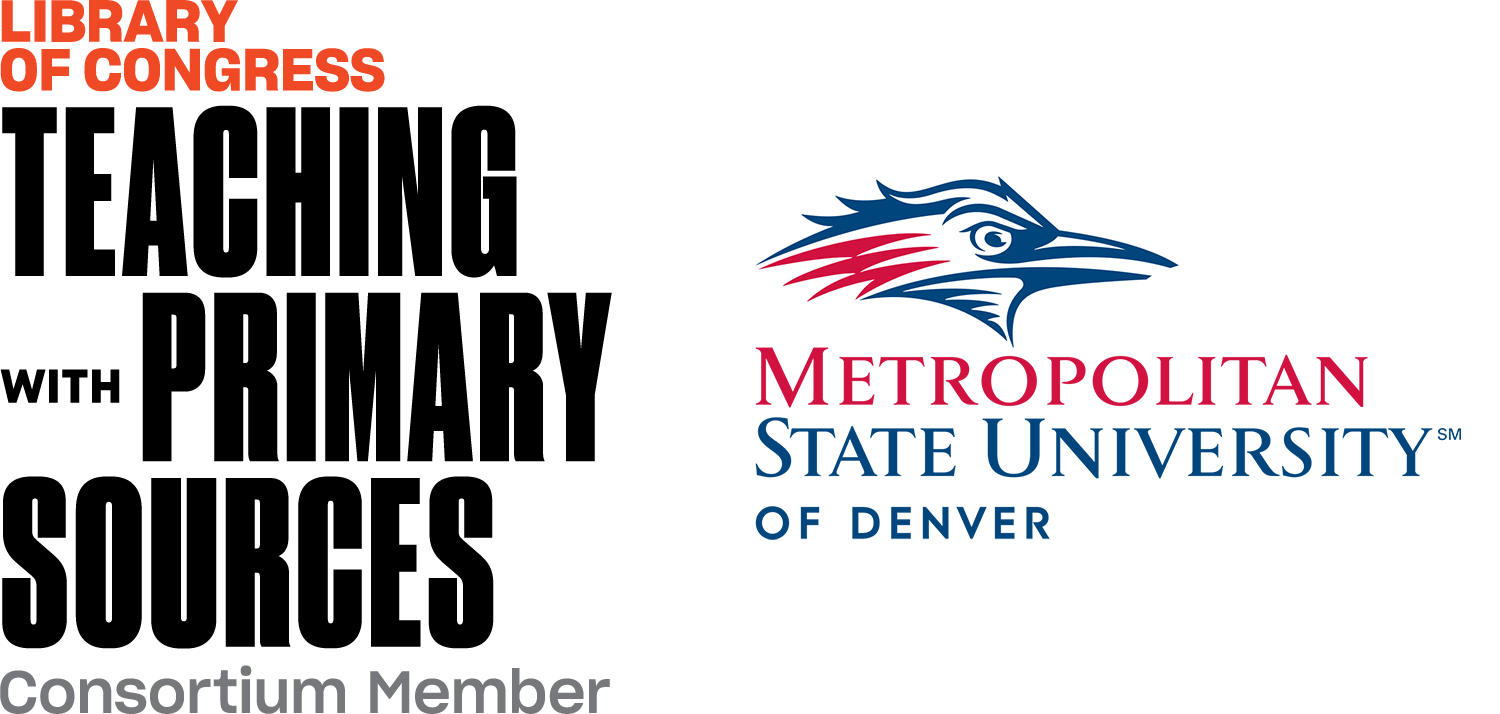Updated 11/9/11
On July 28-29, we held a workshop for the Academy School District 20 in Colorado Springs. In this workshop, titled: “Revolutionary Learning: Inquiry and Critical Thinking Using Primary Sources,” we investigated teaching with primary sources, 21st century skills, and inquiry through the lens of the Industrial Revolution.
Master teachers and frequent TPS collaborators Mary J. Johnson and Stevan Kalmon presented the very first fully-integrated dual inquiry model to the 28 participants. This model focuses on the role of educators as both teacher and learner in the process of inquiry. Our model, created by Peggy O’neill-Jones, Cindy Stout, Linda Sargent Wood, Michelle Pearson, and Stevan Kalmon, is based off the work of Barbara Stripling’s Inquiry Model.
Participants were also given a tour of the Library of Congress homepage, American Memory, and the Teachers Page, all while having the focus of the two roles in mind. Questions such as: “Which collections seem most useful to you as a Learner?” and “Which collections seem most useful to you as a Teacher?” were used to focus the participants’ inquiry.
The idea of reflection played an integral part throughout the workshop. After each section of the workshop, the participants were asked to reflect on what they had learned by answering guided questions, such as:
- Which presentations and activities seem most useful to you as a Learner?
- Which presentations and activities seem most useful to you as a Teacher?
- Which lesson plans, themed resources, or primary source sets could be useful for you? How?
- What tools can help you implement teaching and learning with primary sources?
- What helpful advice can you find on the Help screen?
A highlight of the workshop was Mary Johnson’s QR code activity, where she demonstrated the power of QR codes in the classroom, but from the perspective of a learner, rather than a teacher. You can view her Word doc here to see her lesson plan.
Stevan, who is the head of the Colorado-based Council on 21st Century Learning, then led the participants on a final reflection activity where they thought about how best to integrate and incorporate what they learned throughout the workshops into their classrooms.




